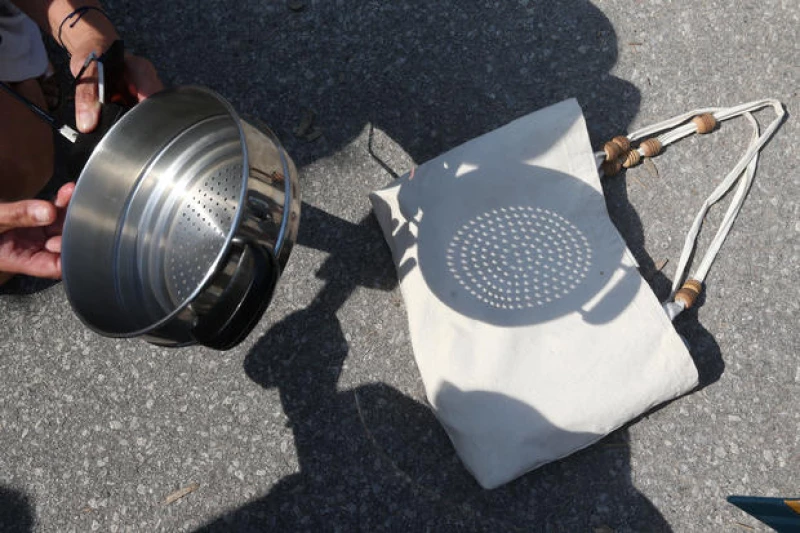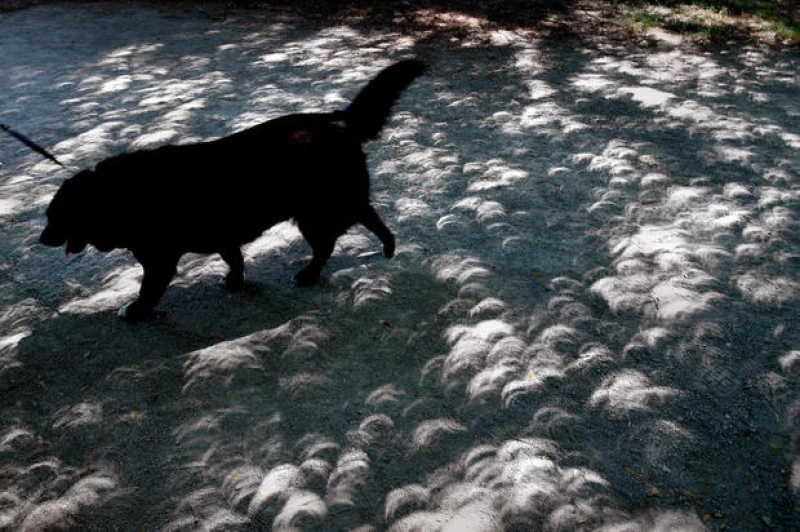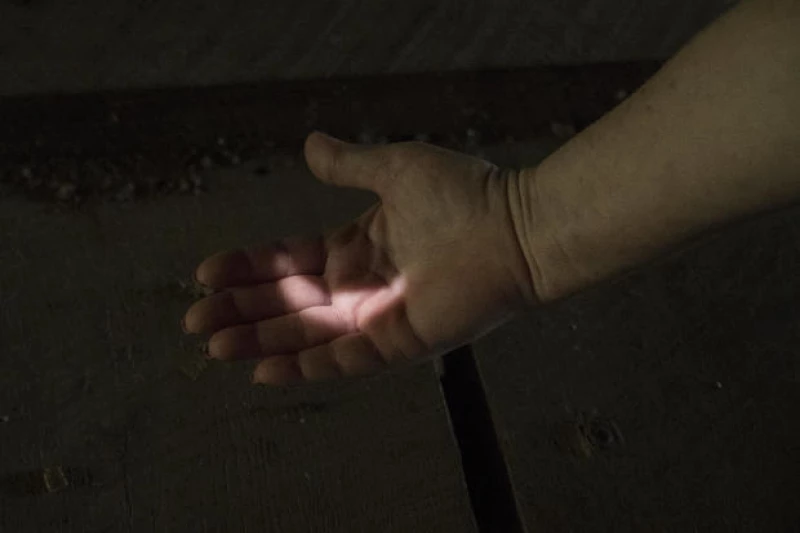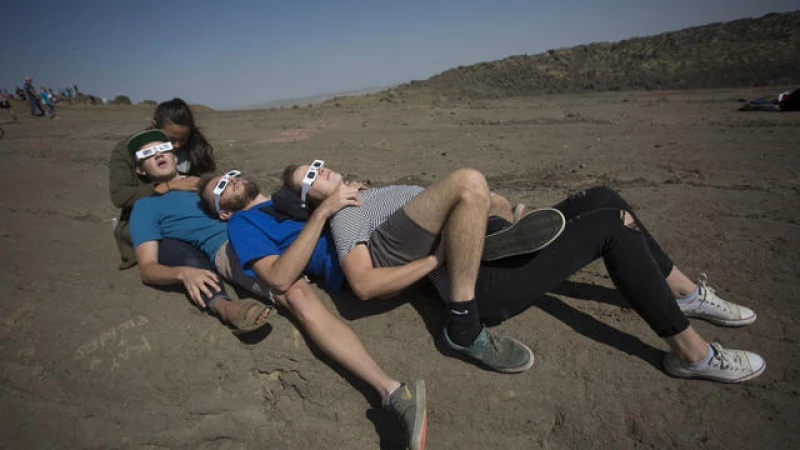While the April 8 total solar eclipse is set to dazzle U.S. skywatchers, it hasn't been that long since the nation was last captivated by another total solar eclipse. Eclipse-chasers across the country enjoyed the show in 2017, when darkness fell for a few minutes in cities in the path of totality across the country.
The 2017 eclipse was the first visible in U.S. skies in nearly four decades. Its path of totality spanned from Salem, Oregon, to Charleston, South Carolina, making it the first eclipse in 99 years visible across the country.
When was the last total solar eclipse in the United States?
The last solar eclipse visible in the U.S. occurred on Monday, Aug. 21, 2017. Its path of totality started on the West Coast. The lunar shadow — the shadow cast by the moon on the Earth's surface as it was back-lit by the sun — entered the U.S. near Lincoln City, Oregon, at 9:05 a.m. local time, reaching totality there at 10:16 a.m. local time, according to NASA. The moon's shadow swept across all U.S. states, traveling at more than 1,200 miles per hour, as watchers in 14 states got to experience totality. The darkness of totality hit watchers in Charleston, South Carolina, at 2:48 p.m. local time, and the last of the lunar shadow left the U.S. at 4:09 p.m. ET.

What was the path of totality for the last solar eclipse in 2017?
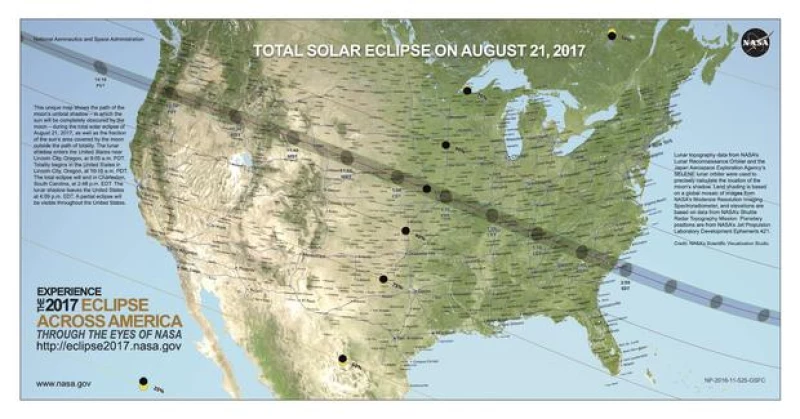
Eclipse-watchers in the U.S. got to experience totality from coast to coast, as the path stretched across 14 states in the continental U.S., but even those outside the 70-mile-wide path of totality saw a partial eclipse. All U.S. states — and all of North America — got to experience at least a partial eclipse in 2017.
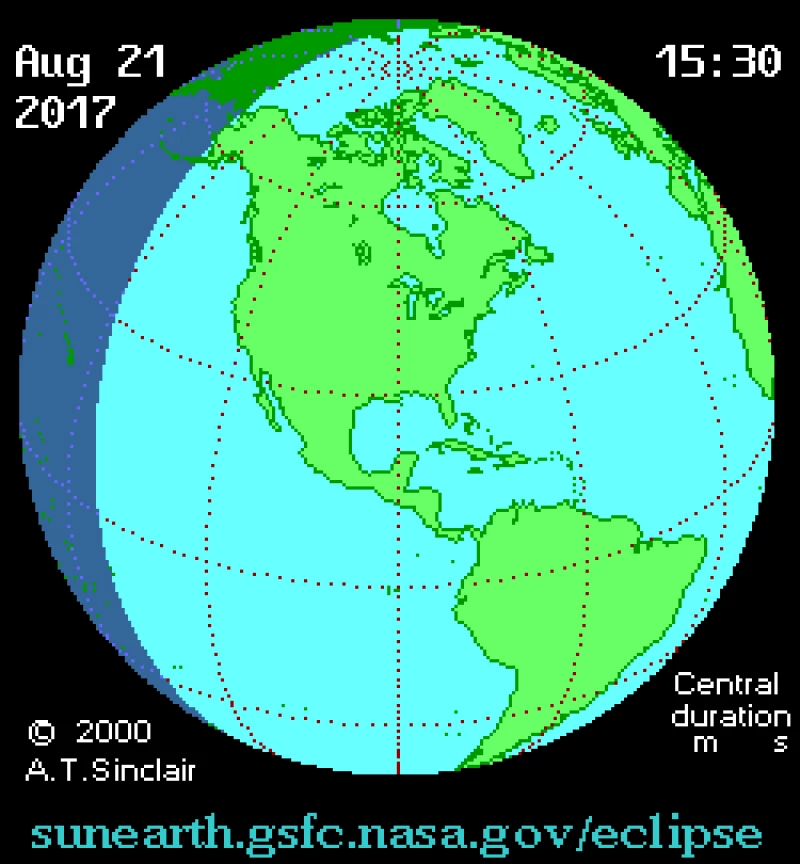
Photos of people watching the 2017 eclipse
People flocked to the path of totality for the 2017 solar eclipse, the first visible across the U.S. in nearly a century. Viewing parties were held in cities and towns along the path, and the 20 national parks along the 70-mile-wide path hosted crowds of people eager to see darkness fall during daylight. Even those outside the path of totality gathered outside to see the partial eclipse during the rare event.
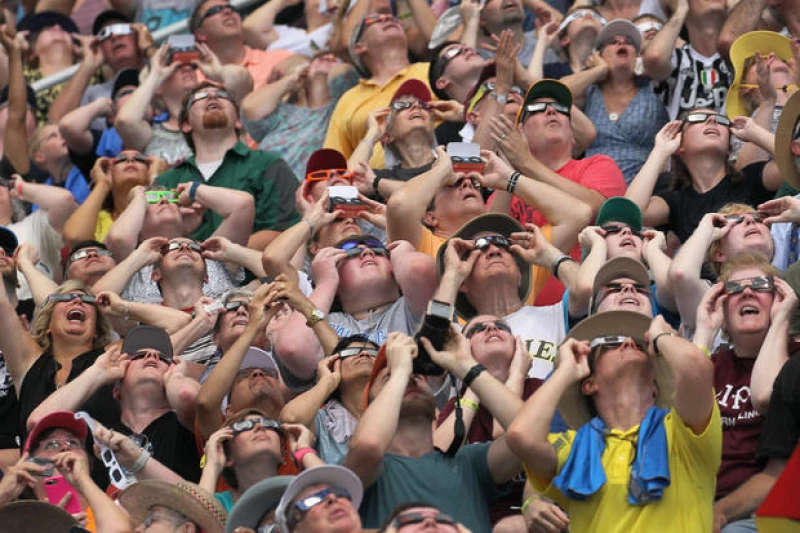
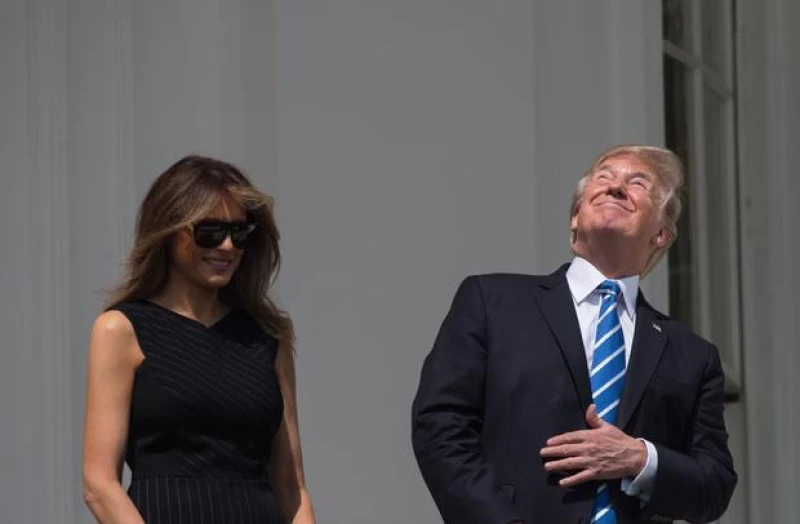
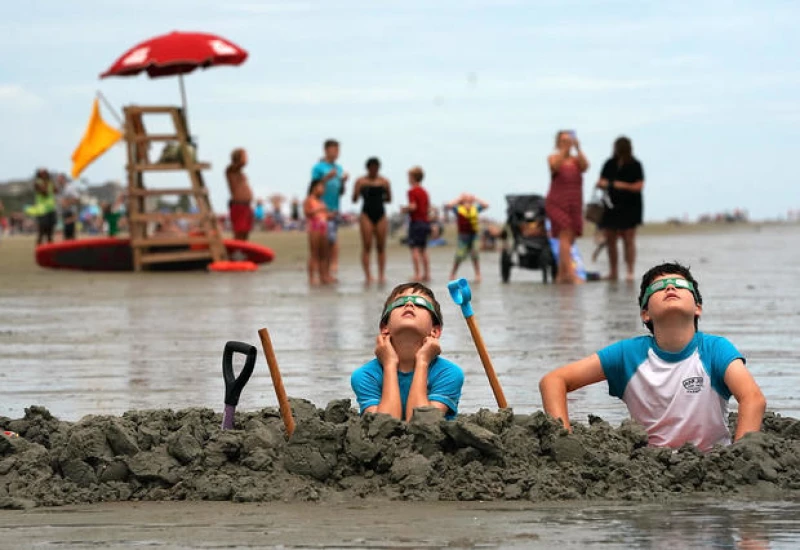
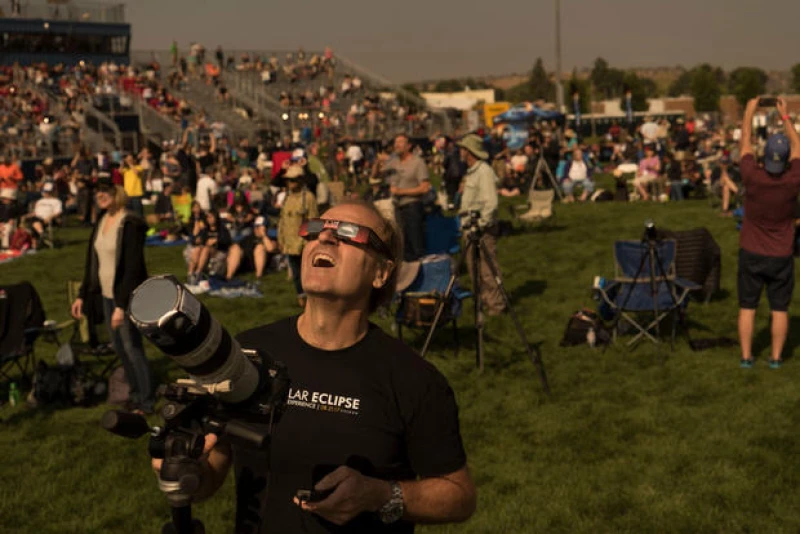
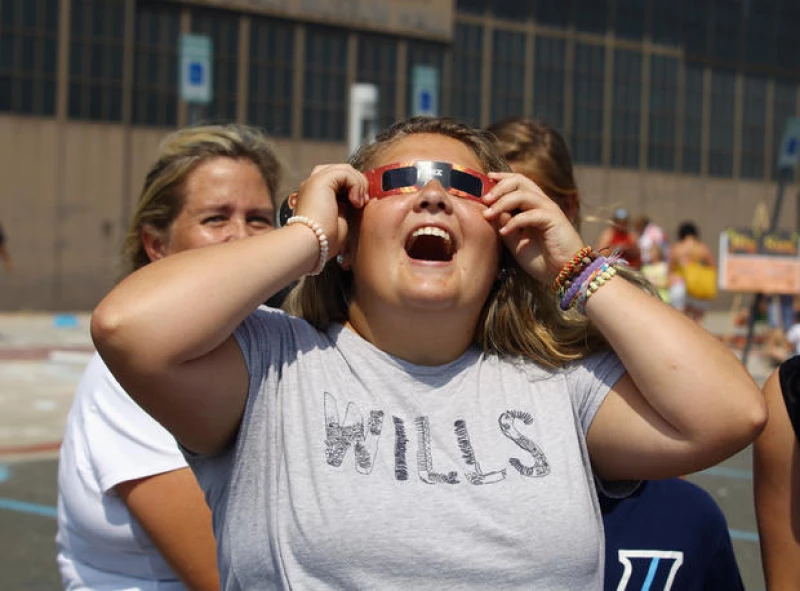
Photos of the 2017 eclipse
Photographers across the country captured the eclipse as the moon's shadow swept across all 50 states. While the path of totality was a relatively narrow 70-mile-wide band, eclipse-watchers in all 50 states were able to see at least a partial eclipse.
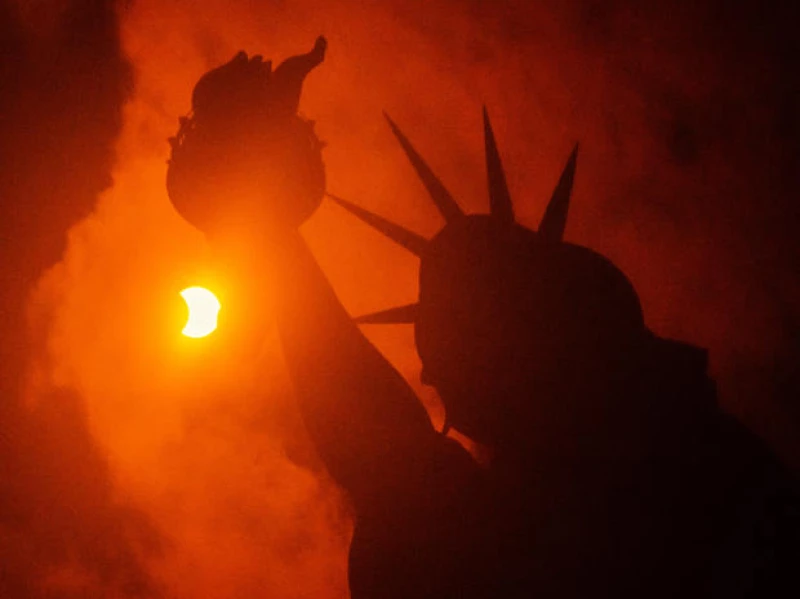
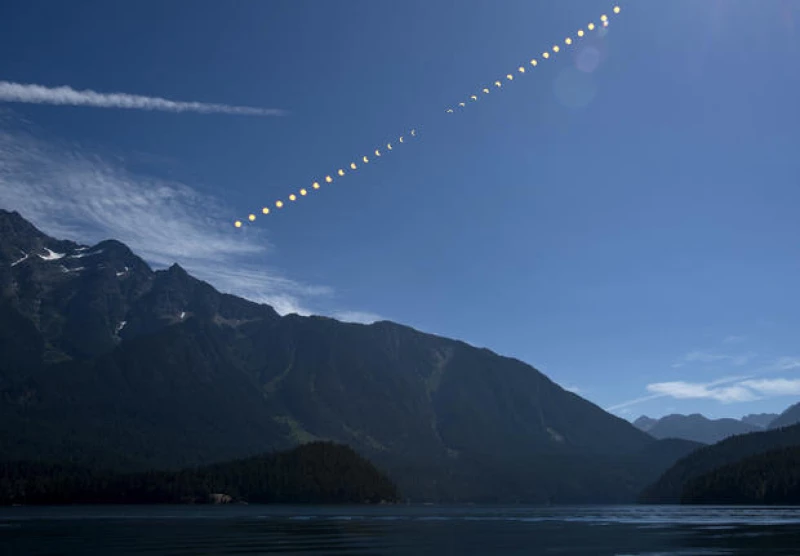
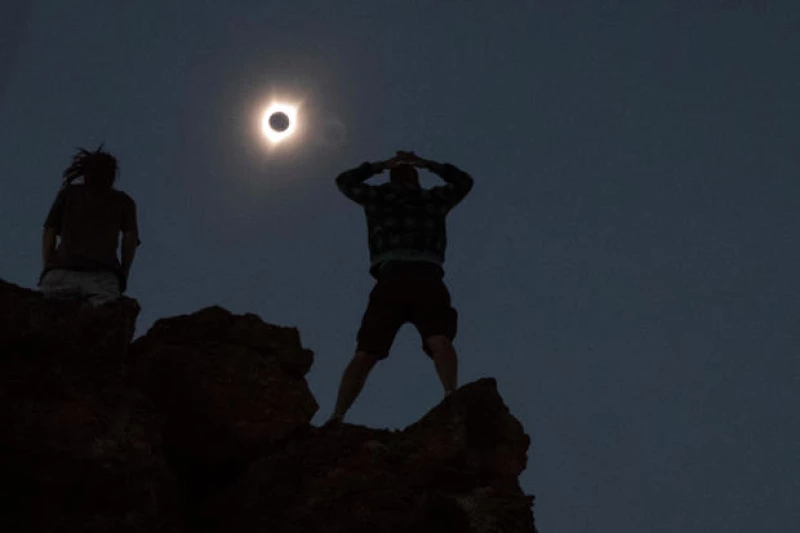
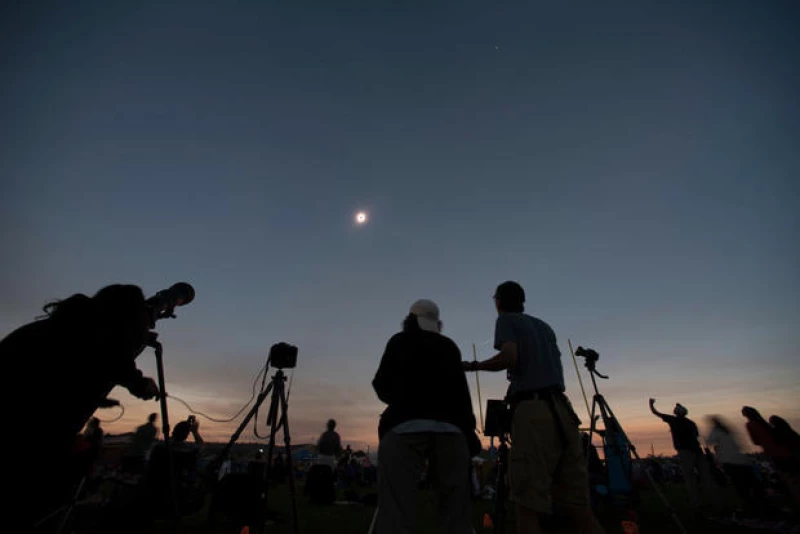
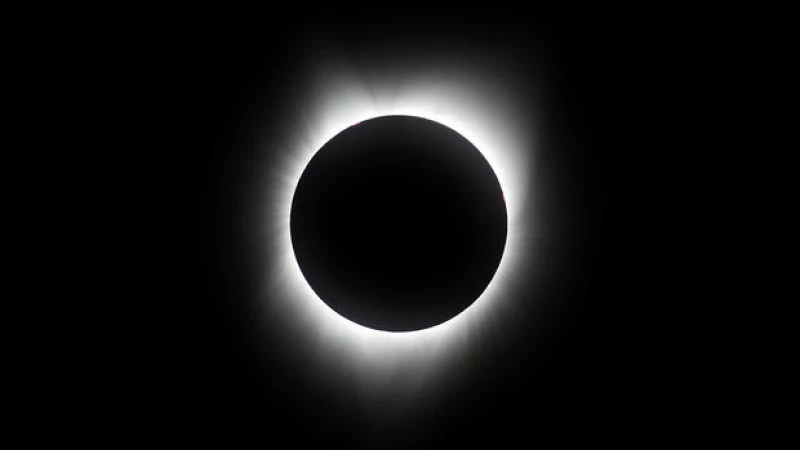
Photos of the eclipse's effects on Earth
People didn't just photograph the eclipse itself — they captured its effects on Earth in other ways. Astronauts aboard the International Space Station captured the moon's shadow casting darkness on Earth, while eclipse-watchers back on the planet's surface saw how the celestial event changed — however briefly — the world around them.

